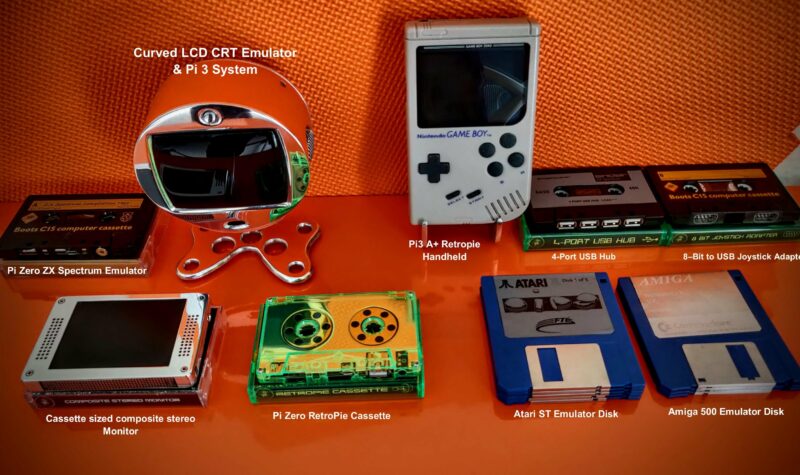

- #HOW TO USE RETROPIE AND READ ACTUAL CARTS HOW TO#
- #HOW TO USE RETROPIE AND READ ACTUAL CARTS INSTALL#
- #HOW TO USE RETROPIE AND READ ACTUAL CARTS PC#
Regarding power, even though the Raspberry Pi 3 is powered through a micro USB port, it requires a 2.5 amp power supply. But if you want to branch out, see our roundup of the best Raspberry Pi cases. You need the computer itself, a case so it doesn’t get damaged, and a power supply. The basic “official” Raspberry Pi case does the job very nicely for a low cost. The actual cost of this system depends on how much gear you bring with you. These prices come from, so they can vary considerably over time. Below is a rough breakdown of the cost of a RetroPie system as of April 2017. Now that you know what we’re going to do, it’s time to buy the necessary hardware. These are the hardware ingredients for a RetroPi computer. Step 1: Buy the hardware Benj Edwards/IDG If you stick to the platforms above, you’re sure to have a good time. Download the PiShrink script, and make it executable.The other, standalone emulators included with the RetroPie package produce mixed results that can be frustrating to configure.
#HOW TO USE RETROPIE AND READ ACTUAL CARTS INSTALL#
If you do not have Linux installed, you can install the latest version of Ubuntu or Linux Mint in a virtual machine, and run this script there. Unfortunately, this tool is only available on Linux. This also makes copying the image back onto the SD card much faster. To work around this limitation, we will use PiShrink, a script that automatically shrinks a Pi image that will then automatically resize to the max size of the SD card on boot. This is fine if you only have one or two such images, but any more than that (especially if you use an SSD) will cause you to run out of space.

For example, cloning an SD card with a capacity of 32GB will create an image file of 32 GB, even if only 5 GB is actually in use on the card.
#HOW TO USE RETROPIE AND READ ACTUAL CARTS HOW TO#
How to Shrink the Cloned Raspberry Pi Image (Linux-only)Īs mentioned at the starting of the article, these methods create an image file that is equal to the total capacity of the SD card.

You can then remove the card from your Mac, and insert it back in the Raspberry Pi. Once the write is complete, you will see a confirmation from dd.
#HOW TO USE RETROPIE AND READ ACTUAL CARTS PC#
Insert the micro SD card that you want to clone in your PC using a USB or built-in card reader. Windows Instructions Backup Raspberry Pi SD Cardġ. There is a method to shrink the image size, but it works only on Linux, and we will be explaining it later in the tutorial. For example, if you have a 16 GB SD card, the resulting image file will also be 16 GB, no matter how much space your installation is actually using. Note: This method will create an image file exactly the size of the SD card’s total capacity. We will explain how to do it on Windows, Linux, and finally macOS. So today, we will learn how to clone or backup the Raspberry Pi micro SD card to an image file, and restore the image after we are done experimenting. In both the above scenarios, it is helpful to have an exact, bit-by-bit identical backup of your working Raspberry Pi installation. Problem is, you only have one micro SD card, and already have a working installation on it that you do not want to lose. Another common scenario is let’s say, you just got to know about a cool new Raspberry Pi-based project or Linux distro, and you are dying to try it out.


 0 kommentar(er)
0 kommentar(er)
